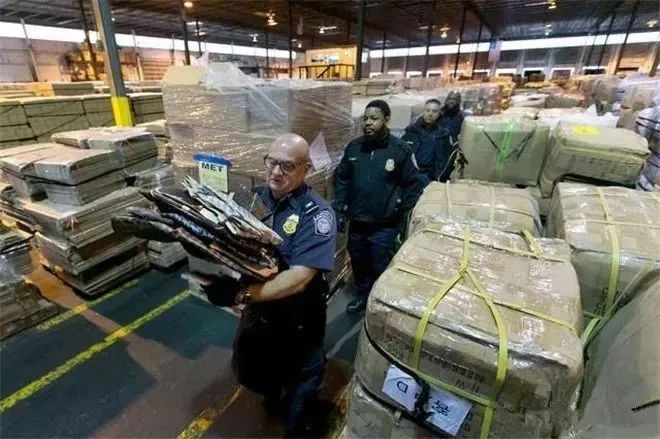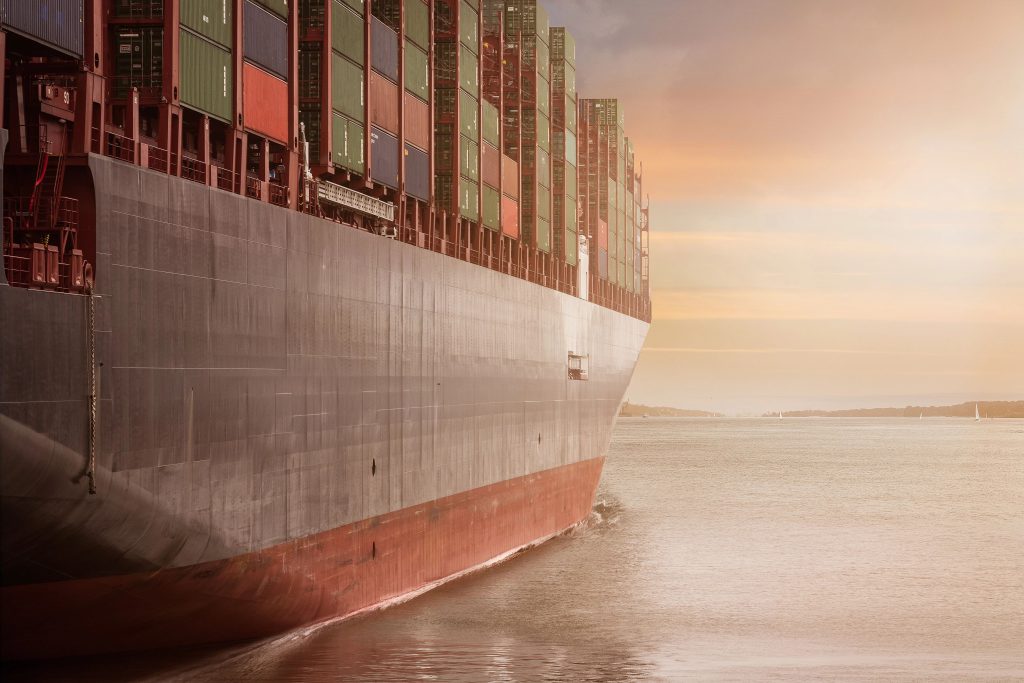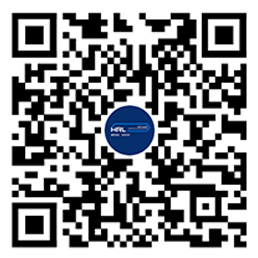U.S. Customs has particularly strict requirements for goods inspection.
Goods destined for the United States must adhere to U.S. requirements
and comply strictly with these requirements
to avoid customs holds that affect timeliness of goods.
1. There are generally two ways to clear customs

1. Clearance in the name of the U.S. consignee
That is, the U.S. consignee provides a POA to the U.S. agent of the freight forwarder, and the U.S. consignee’s Bond is also required.
2. Clearance in the name of the shipper
That is, the shipper provides a POA to the originating port freight forwarder, who then forwards it to the destination port agent. The U.S. agent helps the shipper obtain an importer’s customs registration number in the U.S., and the shipper also needs to purchase a Bond.
Notes:
1. Regardless of which clearance method is used, the Tax ID (IRS No.) of the U.S. consignee must be used for customs clearance. The IRS No. is a tax identification number registered with the U.S. Internal Revenue Service by the U.S. consignee.
2. In the U.S., customs clearance cannot proceed without a Bond, nor without a Tax ID.
2. What are the customs clearance procedures?
The customs broker can apply for clearance within five days of the arrival notice if all necessary documents required by customs are prepared at the same time. Maritime clearance is usually informed within 48 hours of release or not, and air freight is within 24 hours. The goods are inspected before the ship arrives, and most of the inland points can be reported in advance (Pre-Clear), but only after the goods arrive (i.e. ARRIVAL IT) will the results be displayed. There are two ways to declare to customs:One is electronic declaration, and the other is customs review of written documents.
Regardless of the method, we must prepare the required documents and data information.
Prepare customs declaration documents
(1) Bill of Lading (B/L);
(2) Invoice (Commercial Invoice);
(3) Packing List;
(4) Arrival Notice;
(5) If there is wooden packaging, a Fumigation Certificate or Non Wood Packing Statement is required.
The consignee’s name on the bill of lading must match the consignee shown on the other three documents. If they do not match, a letter of transfer from the consignee on the bill of lading must be provided for third-party customs clearance. The S/ & C/ name, address, and telephone number must also be included on the invoice and packing list. Some domestic S/ files lack this information and are required to be supplemented.

If customs clearance is needed in the inland, we need to provide I.T .#,Date of Entry, and a means of movement . Inland customs will use I.T#,for management and release.
(1) The dock/ship company releases the goods dock and ship company to the network. If the freight is prepaid and the bill of lading is electronic, as soon as customs is released, the dock will automatically issue goods to trucking companies. American customers do not need to exchange bills, so American agents have no way to help hold goods, which is completely different from China.(2) Inland goods must be tracked for a long time, and C/ can receive the PICK UP# after the goods arrive.
Three, Customs Clearance Rules
1. After the ship leaves, U.S. customs will receive the AMS declaration data of the exporting country。
2. U.S. local freight forwarding companies or clearing agents must receive the import documents required and the arrival notice of the ship company a week before the ship arrives。
3. Apply for U.S. customs declaration and commercial inspection, submit the documents required by the destination port ship company to release the goods。
4. Giving a load certificate to the consignee’s trucking company or having the local agent arrange for transportation to the warehouse designated by the consignee。
5. TO DOOR The operation process of delivering goods to the door:
(1)Goods must be handed over when the consignee is ready;
(2)The trucking company generally gives the warehouse 1-2 hours of free loading and unloading time, which is billed hourly after exceeding this time. Deliver goods to the door is definitely not allowed to exceed the U.S. road weight limit.
safe entry into the destination country or region
This process covers a variety of procedures














